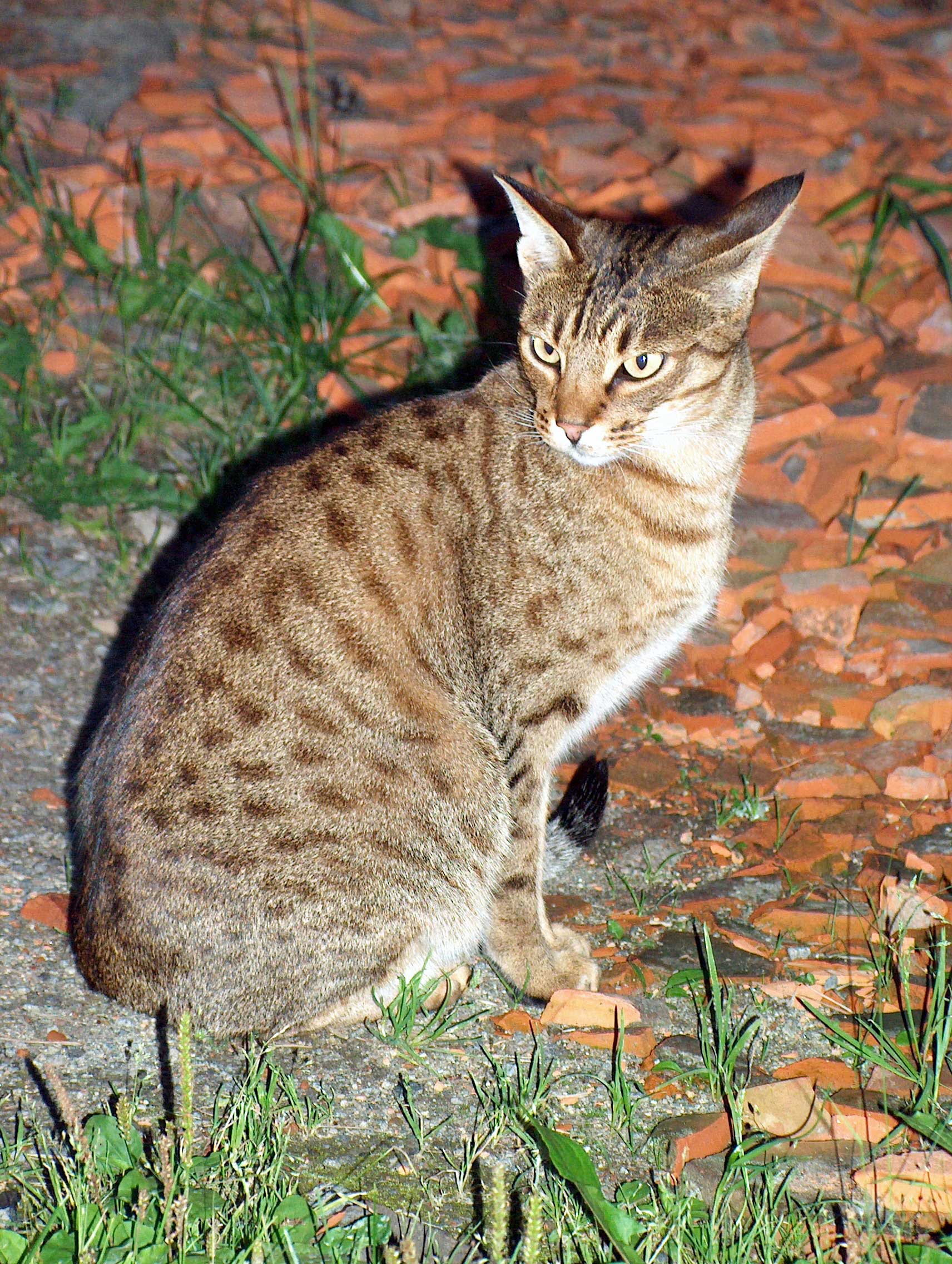The Ocicat was created entirely by accident in 1964 when Virginia Daly was trying to develop a Siamese with points the same color as the Abyssinian. Her efforts didn't seem to be going anywhere when she bread a seal point Siamese to a ready Abyssinian and the kittens all looked surprisingly Abyssinian. Not discouraged, she kept a small female from this litter and later bread this cat to a chocolate point Siamese.
The results were rather surprising. This breeding had produced some Siamese kittens with Abyssinian. Determined to reproduce your success, she repeated the same breeding and was rewarded with a beautiful ivory continue with gold on spots. She names this kitten Tonga. Because Tonge looks like an ocelot, he was called Ocicat. The name stuck and was eventually used to describe this new breed. But because a new breed was not Virginia's goal, Tonga was neutered and adopted into a new home.
This might have been the end of the story if Virginia hadn't mentioned Tonga in the letter to geneticist Dr. Clyde Keeler. Keeler, with his interest in feline genetics, expressed an interest in producing a cat that resembled the extinct Egyptian Spotted Fishing Cat. He would have liked to have bread Tonga back to his mother, but since this was not possible Virginia repeated the initial breeding and was rewarded with the Tony spotted male. This kitten was left intact so he could be used in a new breeding program. American Shorthairs were used to provide genetic diversity.
Things might have gone well from this point on if life hadn't intervened. Virginia was forced to suspend her breeding program so personal reasons until the early 1980s. At this point, other breeders became interested in these spotted cats and new lines were developed with surprising speed. The International Cat Association (TICA) granted the Ocicat championship status in August of 1986.
The Appearance of the Ocicat
The Ocicat is one of the larger cat breeds and has a sleek body with a slightly foreign appearance. Weighing up to 14 pounds, these cats are well muscled and strong. The eyes should be almond shaped and fairly large, giving the face and exotic appearance. With its quick movements and lean body, this cat is athletic and graceful.
The coat of the Ocicat should be short and how to be traditional spotted and striped pattern. Though there is only one pattern, there are a variety of colours. These include blue, brown, chocolate, cinnamon, fawn, and lilac. Black spots are most common, but silver varieties also exist. Either way, the Ocicat looks like a small jungle cat.
Spots should be thumb-shaped and arranged over the body so they resemble a bull's eye. Individual hairs have several bands of ticking, contributing to the beauty of the overall pattern. Sometimes kittens are born in the classic tabby pattern, but these kittens are not eligible for competition and are not typically bred.
The short coat is fairly low maintenance. You can remove loose hair with a soft rubber brush every week or two. If you want to encourage a natural luster, consider buffing your cat with a chamois cloth.
The Personality of the Ocicat
An inherently playful cat, the Ocicat is active, curious, and exciting. They love to play and will happily engage in many games. This breed is certainly smart enough to learn quickly and will follow you around waiting for the next game. They love children and other pets, so they fit well into most households.
There are few breeds that bond to their families the way the Ocicat does. Because of thus, you really shouldn't leave an Ocicat alone for long periods of time. If your cat does need to be left alone, consider getting a second Ocicat. They will keep each other company.
If you're looking for a cat that looks and acts like an affectionate jaguar, the Ocicat may be for you. Just make sure he gets plenty of exercise and has a playmate and a few toys and he'll be the happiest little cat on the block.
